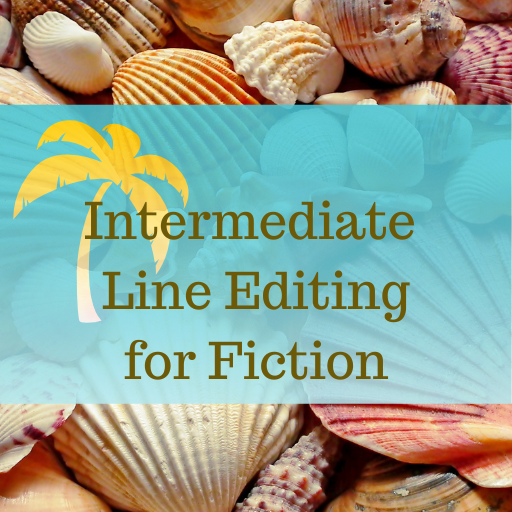Tracing a Story Arc
Many developmental concerns relate to the story arc—what happens and why. The what and the why are of course interconnected but they can also be looked at separately (at least to some degree) to help you identify problems in the narrative. For example, a story may have a clear conflict, interesting characters, and carefully explored cause-and-effect (the “why”) but if the pacing is too slow or uneven, none of this matters. The reader will lose interest and wander off.
One technique I often use, especially with beginning writers, is to simply summarize what happens in each chapter of their novel. This approach that helps you see whether each chapter is pulling its weight as well as how the chapters (and the scenes within chapters, if necessary) link together – or don’t.
The chapter summary is just a sentence or two that describes the action of the novel. Note that by action I don’t necessarily mean guns blazing. It can be a decision made, a conversation that moves the plot in another direction, etc.
Recently I edited a novel where I came up with an outline of the first five chapters that went something like this:
In Chapter 1, the heroine rents a car.
In Chapter 2, the villain tells his minion all the things the author wants the reader to know.
In Chapter 3, a secondary character moves back to her hometown and has some mixed feelings about it.
In Chapter 4, the hero has an inciting incident but it’s told as a flashback.
At this point I made a note to myself: I have no idea what any of these characters want and I don’t know what makes them unique, interesting, engaging. What are their quirks and foibles?
In Chapter 5, the hero and heroine meet. They info-dump about their pasts. We are told he immediately feels deeply about her but this not shown. Then we find out that the two are “meant to be” together.
My note to myself says: “Meant to be” just doesn’t work in fiction. It robs the narrative of uncertainty and suspense. If everything is meant to be, then all these characters are just playthings of fate and nothing they’re doing matters. Their goals, choices, decisions, and actions are meaningless. They have no consequence. But what drives narrative/fiction? It’s the character’s goals, choices, decisions, and actions. You can’t tell the reader these don’t matter and then expect the reader to follow along.
At this point, the end of Chapter Five, we’re a hundred pages in and nothing has really happened. The author couldn’t see this because there were lots of words involved and any number of conversations and descriptions. But boiling it down into a brief outline helped her see that her novel consisted almost entirely of telling the reader things instead of showing them unfold. (The pacing was glacially slow.)
Once she was able to see that she made big improvements. Doing the outline also helped me identify what my concerns with the story were, as evidenced by the notes I made to myself as I went along.
While the outline is meant for your use, you can share it or parts of it (carefully edited for tone) with the author to help him/her understand where the manuscript is failing to live up to its potential.
Join the Club!
New to story editing? Begin at the beginning.



